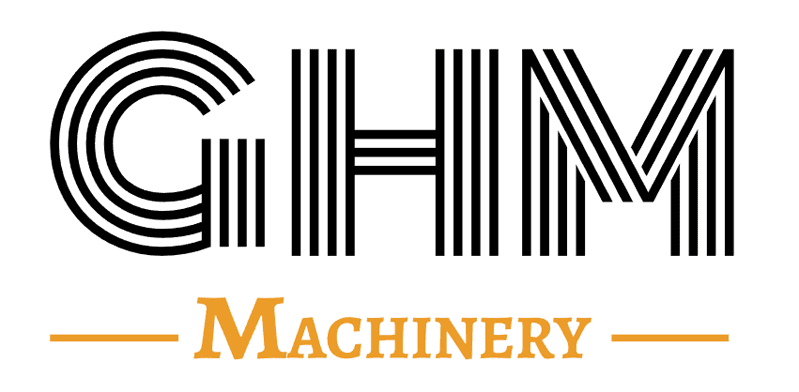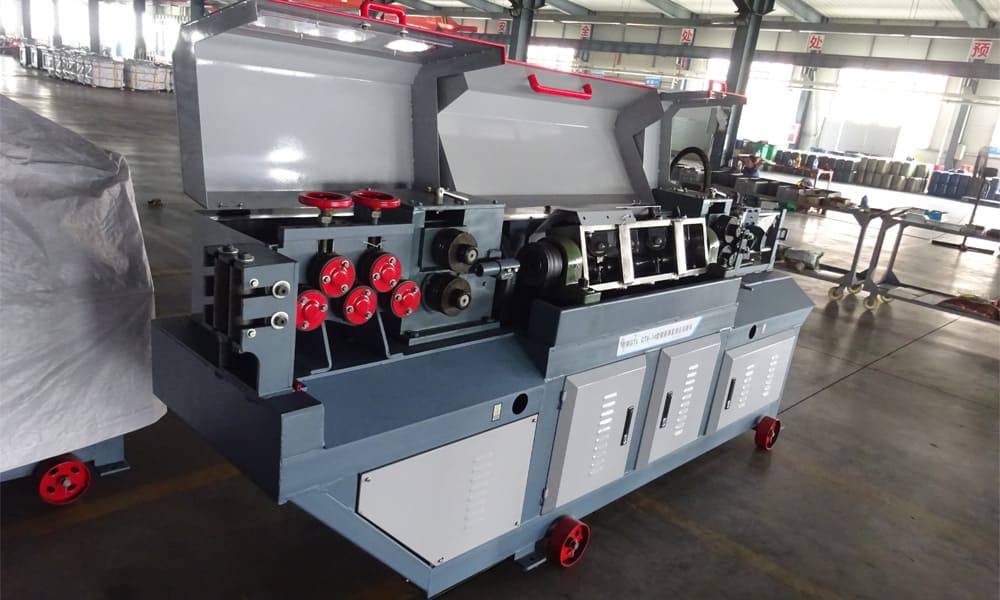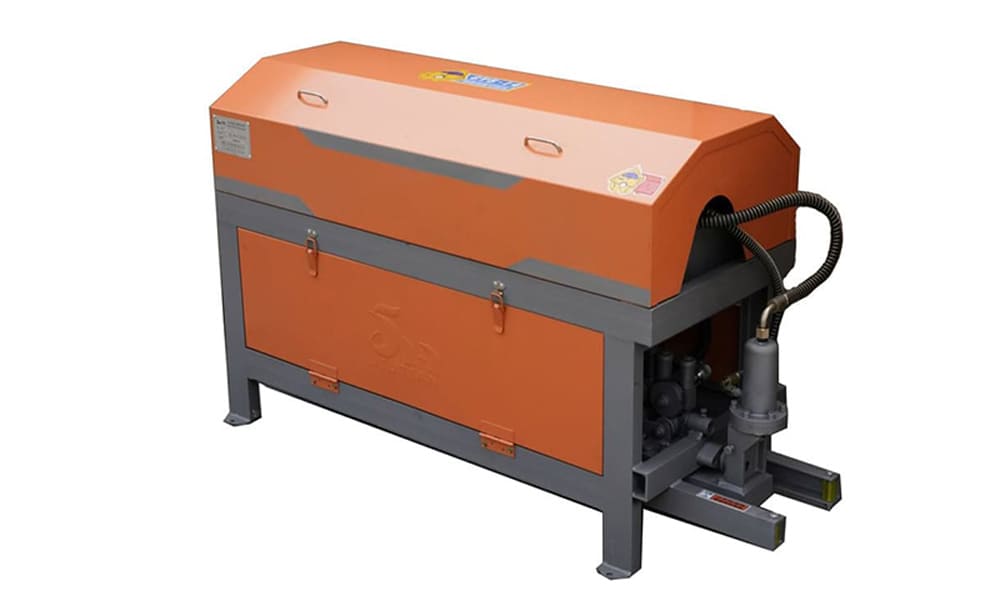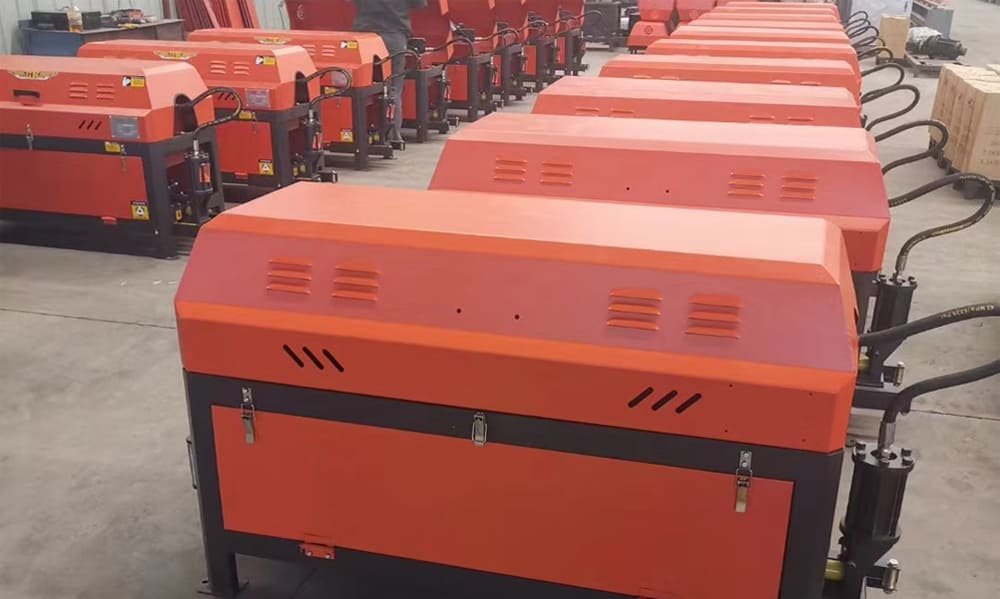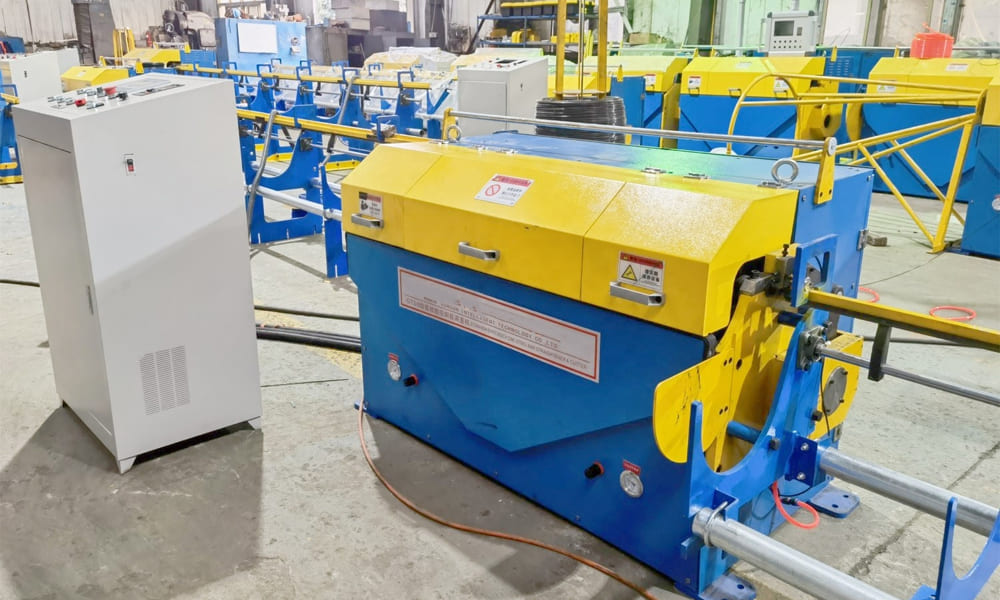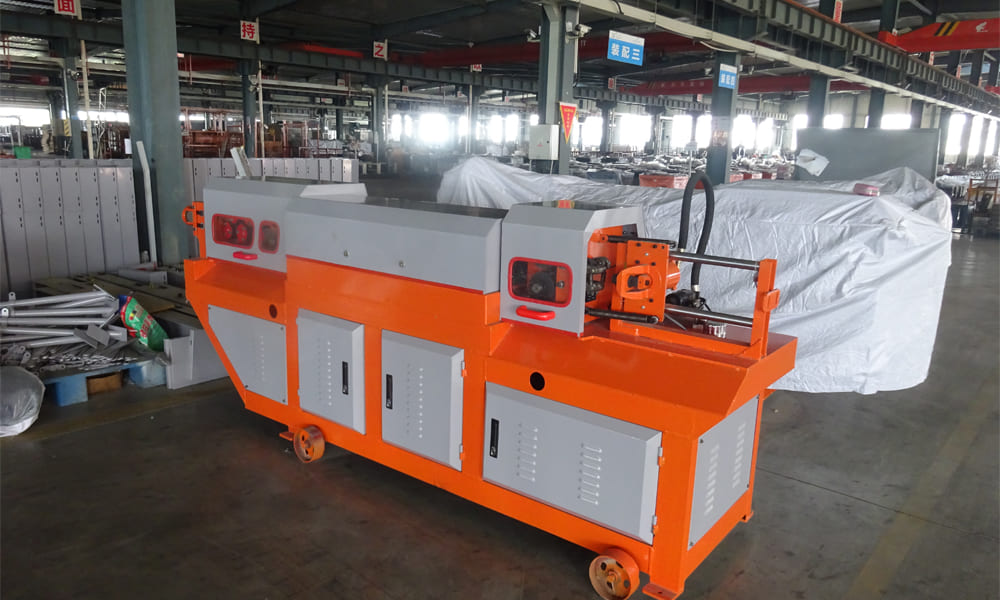The primary function of a rebar straightening tool is to prepare rebar for processing by removing surface rust and ensuring uniform specifications. Before feeding, it’s crucial to verify the proper functioning of the feeding mechanism, adjusting it as needed for different rebar diameters and lengths.
1. Functions and Benefits of Rebar Straightening Tool
Rebar straightening machines rotate rebar at high speeds, using adjustable rollers to straighten bent bars efficiently. They also trim, cut, and maintain rebar specifications, making them essential in construction, bridges, tunnels, highways, and other sectors.
2. Preparing for Feeding
Before feeding rebar into the machine, it must be thoroughly cleaned to remove rust and oil, ensuring a smooth surface. Checking the rebar’s diameter and length against standards is essential to ensure proper processing.
3. Feeding Requirements
Feeding requirements involve ensuring both the machine’s feeding mechanism and the rebar meet operational standards:
- Feeding Mechanism Requirements: Verify the feeding wheel, swing arm, and emergency stop button are operational. Regularly check and maintain adequate lubrication for smooth operation.
- Rebar Requirements: Ensure rebar meets size specifications without cracks, rust, or deformities at the ends. Calibrate lengths as necessary before feeding.
4. Safety Precautions
Operators should adhere to strict guidelines during feeding:
- Confirm rebar dimensions comply with equipment limits.
- Ensure rebar surfaces are clean and free from contaminants.
- Feed longer bars incrementally to prevent excessive stretching.
- Follow equipment procedures meticulously to maintain operational integrity and product quality.
Conclusion
Rebar straightening machine play a vital role in construction operations, but proper feeding procedures are critical for optimal performance and safety. By adhering to these guidelines, operators can ensure efficient processing and maintain equipment longevity.
